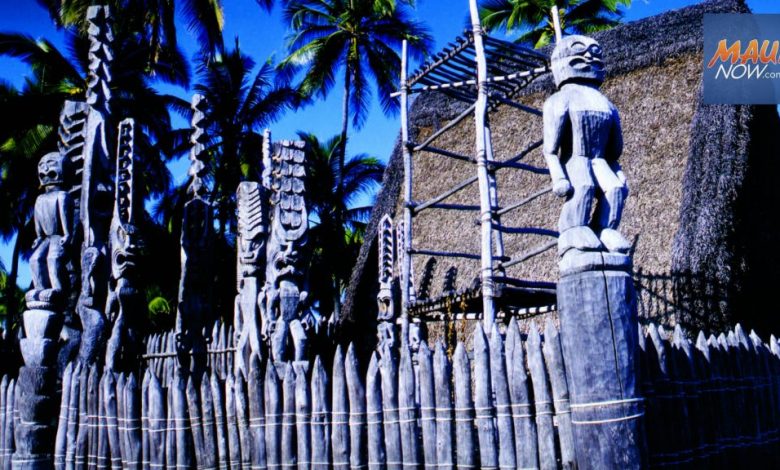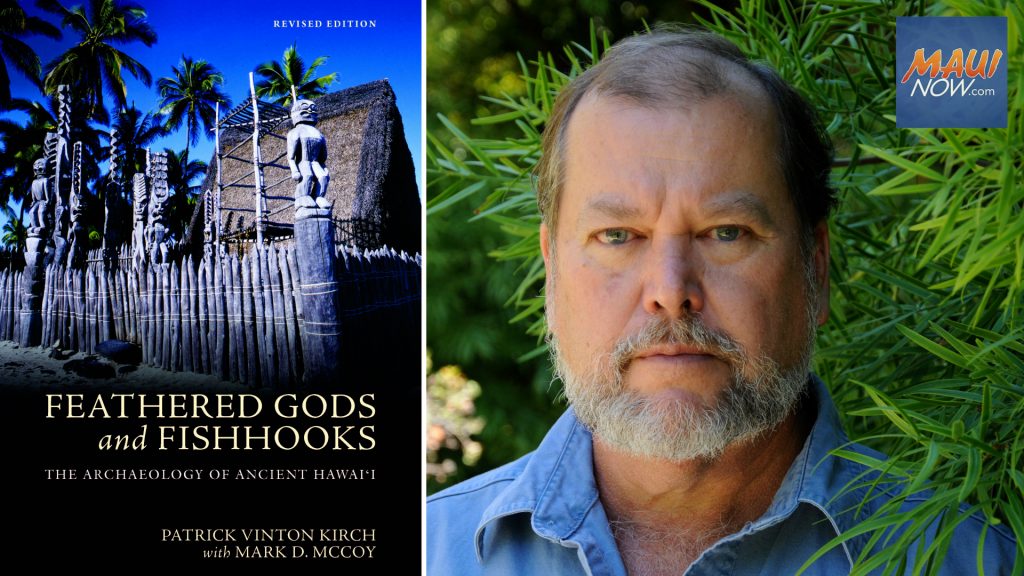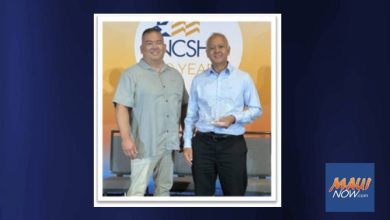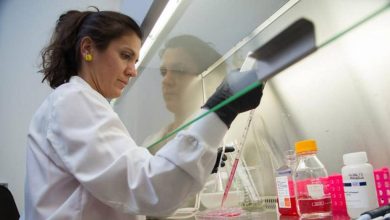Archaeologist, UH professor updates book with new information on Hawaiʻi’s past : Maui Now

[ad_1]

Feathered Gods and Fishhooks: The Archaeology of Ancient Hawaiʻi by renowned archaeologist Patrick V. Kirch has been reimagined and expanded in a new and updated 2023 edition. The first edition was described nearly 40 years ago as a “pioneering synthesis of ancient Hawaiian civilization from an archaeological perspective.”
The new edition is a complete rewrite of the 1985 book and provides readers with a comprehensive and essential resource for understanding the fascinating archaeological history of Hawaiʻi, according to a University of Hawaiʻi news release.
“This new edition synthesizes a vast array of research and literature accumulated over the past four decades,” said Kirch, anthropology professor in the College of Social Sciences at the University of Hawaiʻi at Mānoa. “It begins with a historical review of changing archaeological practice in Hawaiʻi, then delves into the origins of the Polynesians and Hawaiians, exploring eight centuries of gradual cultural change, which culminated in the unique Hawaiian culture encountered by European explorers in the late 18th century.”
Succeeding chapters of the book, co-authored with Mark D. McCoy, professor of anthropology at Florida State University, review traditional agricultural systems, the archaeology of everyday life, ceremonial and temple sites (heiau), and the cultural transformations that transpired following contact with the Western world. Six final chapters review the main archaeological sites of the principal islands.
This updated edition incorporates nearly four decades of research findings since the book’s initial publication, with significant discoveries including:
- A revised understanding of when Polynesians first arrived in Hawaiʻi—AD 1000 rather than AD 400—based on major improvements in radiocarbon dating.
- New knowledge regarding when large heiau began to be constructed, and on the multiple functions of heiau as places of astronomical observation and men’s ritualized craft activities.
- Appreciation of the scale and importance of the vast dryland farming systems on Hawaiʻi Island and Maui, and the roles these played in the Hawaiian political economy.
- Integration of the archaeological record of cultural change with the Indigenous Hawaiian moʻolelo (oral histories), and the recognition that these moʻolelo are real histories, not just “myth.”
- More nuanced understanding of how the rural landscapes of the islands were transformed in the decades following European arrival.
“The real value of the book is bringing together, in one source, the results of literally hundreds of disparate studies, and making sense of them in a coherent account of the Hawaiian past. Anyone with a desire to know something about the ancient history of a particular place, or about a particular topic such as heiau, can turn to Feathered Gods and Fishhooks for a detailed synthesis along with a comprehensive bibliography of sources,” said Kirch.
Feathered Gods and Fishhooks: The Archaeology of Ancient Hawaiʻi is available now through UH Press.
[ad_2]
Source: Maui News




